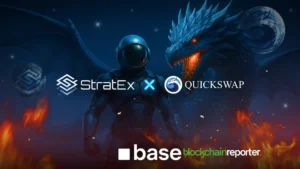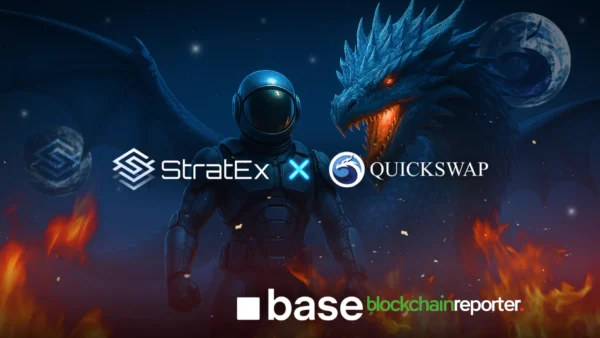
Blockchain technology has redefined the financial ecosystem with the inclusion of secure, transparent, and decentralized transfers. Nonetheless, along with these advancements, some unique vulnerabilities have also emerged, and “front running” is one of them. In the blockchain sector, front running denotes a malicious activity by using which traders exploit the information of pending transfers to get unfair advantage. This article delves into the nature, use, market impact, as well as prevention of front running.
Front Running: An Introduction
The term front running stands for an unethical and illegal trading practice. It takes into account the exploitation of the private information concerning the impending transfers of a trader for personal gains. It takes place when a financial professional, trader, or broker leverages insider knowledge. With this, the front runner intends to position their trades before a likely large order. By doing this, they anticipate market’s movement in their support following the execution of the bigger transfer. However, this behavior underscores a violation of integrity and trust in financial realm.
How Front Running Operates
In conventional markets, front running usually occurs in expectation of a big trade. Nonetheless, it may additionally take place in cryptocurrency markets, particularly in the case of the assets with low liquidity, including meme coin trading in decentralized crypto exchanges. To comprehend the functionality of front running, let’s take a look at the typical steps involved in this process.
1. Getting Insider Information
In usual front running, a trader or broker obtains information concerning a big transfer. For instance, a client might execute a sell or buy order for a large number of assets, bonds, or stocks.
2. Preemptive Individual trade
Hence, the broker keeps in view the potentially noteworthy effect of such a huge order on the price of the underlying crypto asset. Based on this, the broker sells or buys the respective asset to make personal gains before placing the order of the client. In this respect, if the customer intends to buy a large amount of shares, the respective broker might purchase shares at the present prices. While doing this, the broker expects a rise in price as a result of the client’s big buy order.
3. Earning Profit from Price Change
Then, after the execution of the client’s transfer, the broker offloads the acquired shares to get profit on increased prices. The order of the client causes a reaction in the market, facilitating the broker based on their activity before the rest of the market participants.
Different Forms of Front Running
Front running has diverse types based on various contexts of their occurrence.
1. Crypto Markets
With the wider growth of crypto trading, front running has become a major concern. It is now considered a common practice used by decentralized trading companies.
2. Forex and Commodities Markets
In these markets, traders may carry out front running to get information concerning big pending transfers.
3. Stock Markets
In the case of stock markets, brokers might utilize knowledge of massive sell or buy orders for personal trades. This has a significant position among the most common forms of front running.
Functionality of Front Running in Crypto Market
In the crypto realm, front running normally accounts for blockchain transfers on a DeFi company. It is most common in automated market makers (AMMs) and decentralized exchanges (DEXs). In these platforms, smart contracts process transfers that are observable on the blockchain until they are confirmed.
1. Watching over Pending Transfers
In open blockchain networks such as BNB Chain, Solana, and Ethereum, transfers remain visible before the confirmation thereof. Hence, malicious bots or traders can keep an eye on the network for big pending transfers.
2. Submitting Priority Transfer and Getting Gains from Price Changes
On BNB Chain and Ethereum, bots can recompense huge gas fees to ensure the priority-based processing of their transfers. In the case of Solana, front running is carried out via priority fees as well as by validators who have privileged transfer data access. Hence, with significant gas fees, such a trader can guarantee the early processing of their transfer ahead of the target transfer. This permits them to leverage the price changes that the target transfer makes after its final confirmation.
Prevention of Crypto Front Running
As crypto trading is mostly being carried out on decentralized companies, it becomes more difficult to penalize and prevent front running. Nonetheless, some measures are exercised to confront it. One of them is decreasing slippage tolerance, by which the users can decrease vulnerability. Additionally, they can utilize private transfer mechanisms to conceal their orders. Moreover, another notable method is the division of big trades into minor ones as it avoids attention. Furthermore, the traders can also leverage MEV protection instruments, such as MEV blockers, private mempools on Solana, or Flashbots on Ethereum.
Keeping this in view, front running reflects a serious infringement of market trust and ethics. Thus, by knowing about the operation of front running in the crypto landscape, traders can better secure their investments while preventing unnecessary losses. Additionally, traders, regulators, and investors can collaborate to establish a relatively equitable and transparent trading environment.








